Home > Climate News >
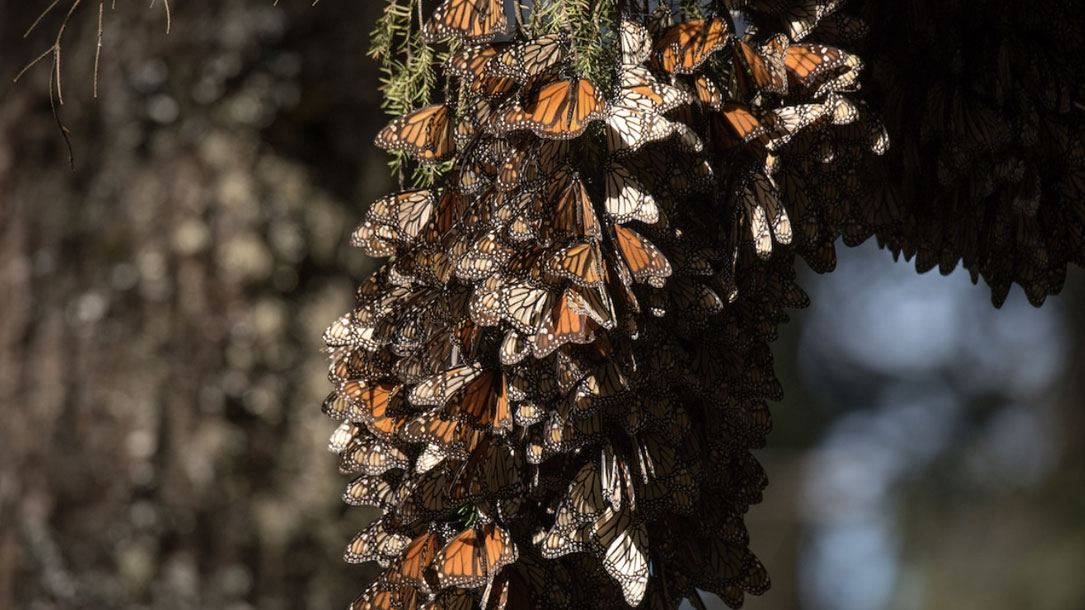
Monarch butterfly count up 35% in WWF-Mexico survey
After many years of plummeting populations of migrating monarch butterflies, a WWF-Mexico survey brings good news: during the 2021-2022 overwintering period, the monarch butterfly presence observed in the forests of Mexico was 35% higher than the previous year. While the butterflies are still vulnerable and require more conservation efforts, the survey gives some hope for recovery.

Monarch butterflies wintering in Mexico drop to second-lowest level ever recorded
Recent years have seen some hope for the migrating monarch butterflies, with a 35% increase in the number of butterflies observed overwintering in Mexico during the 2021 to 2022 season compared to the previous year.
But monarch butterflies face three primary threats, including habitat loss for their breeding and overwintering; the use of pesticides, which can be toxic to the butterflies or can kill their food source, milkweed; and climate change, which can shift their migratory patterns. By the 2022 to 2023 overwintering season, World Wildlife Fund reported a 22% drop in the amount of overwintering monarch butterflies in Mexico…

Bee declines driven by combined stress from parasites, pesticides, and lack of flowers
Bees are subject to numerous pressures in the modern world. The abundance and diversity of flowers has declined; bees are chronically exposed to cocktails of agrochemicals, and they are simultaneously exposed to novel parasites accidentally spread by humans. Climate change is likely to exacerbate these problems in the future. Stressors do not act in isolation; for example, pesticide exposure can impair both detoxification mechanisms and immune responses, rendering bees more susceptible to parasites. It seems certain that chronic exposure to multiple interacting stressors is driving honey bee colony losses and declines of wild pollinators, but such interactions are not addressed by current regulatory procedures, and studying these interactions experimentally poses a major challenge.

One-third of the food we eat is at risk because the climate crisis is endangering butterflies and bees
Bee populations are declining. More than half of the bat species in the United States are in severe decline or listed as endangered. And international scientists recently announced the monarch butterfly is perilously close to extinction.
What these three creatures have in common is that they are all pollinators. Without them, fruits, vegetables and other plants wouldn’t be pollinated, and that’s a major problem for our food supply.
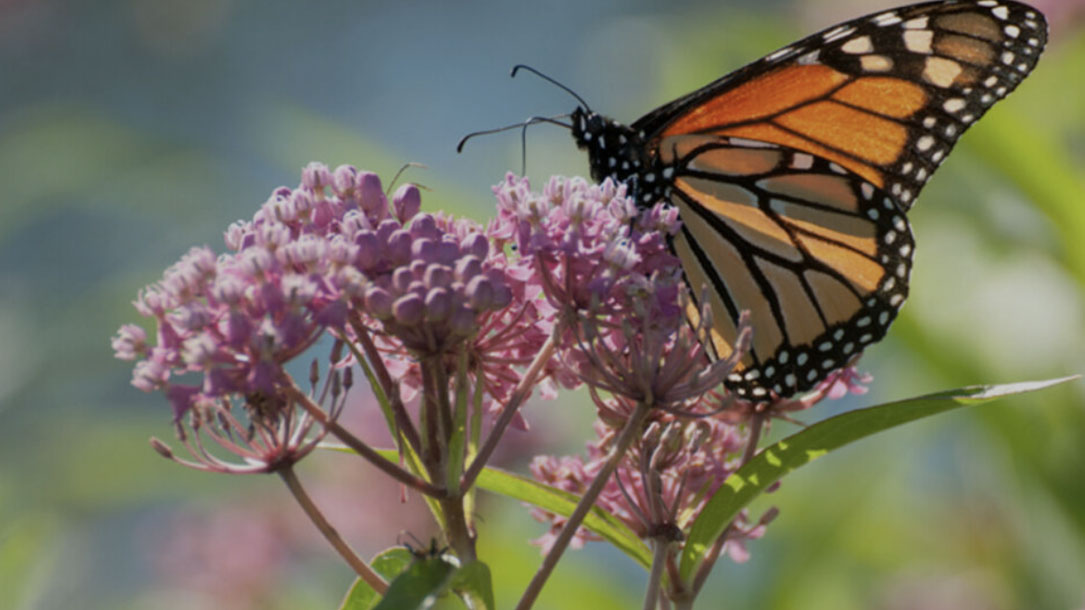
Pollinator deficits, food consumption, and consequences for human health: A modeling study
Animal pollination supports agricultural production for many healthy foods, such as fruits, vegetables, nuts, and legumes, that provide key nutrients and protect against noncommunicable disease. Today, most crops receive suboptimal pollination because of limited abundance and diversity of pollinating insects. Animal pollinators are currently suffering owing to a host of direct and indirect anthropogenic pressures: land-use change, intensive farming techniques, harmful pesticides, nutritional stress, and climate change, among others.

The role of climate change in pollinator decline across the Northern Hemisphere is underestimated
•Pollinator conservation strategies lack climate adaptation initiatives.
•Climate change drives homogenization at three levels of pollinator biodiversity.
•Rarely measured aspects of biodiversity tend to be most affected by climate change.
•Seldom considered dimensions of climate change tend to be particularly detrimental.
•Pollinator decline might be especially pronounced due to dispersal limitation….
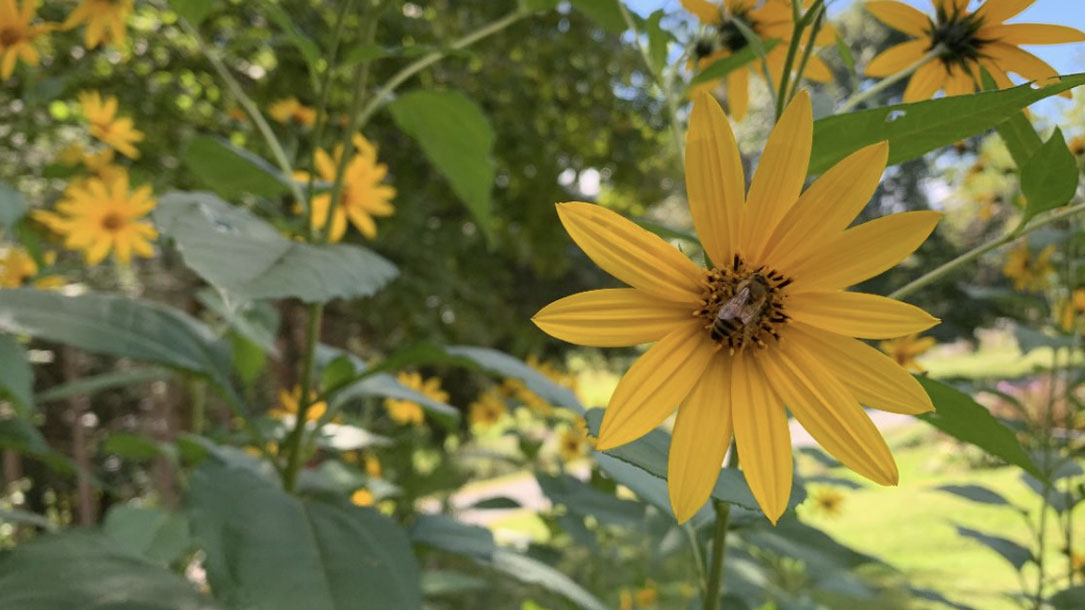
More flowers are ‘selfing,’ scientists say. That could spell trouble for other species
Other recent studies have found that declining pollinator populations, an offshoot of harmful human activities, threaten the future of food crops and the survival of the many species that depend on them.
The growing body of research bolsters the case for urgent conservation measures — like developing and protecting flower-rich habitats that act as floral and nesting resources — to help stymie global pollinator declines, according to Acoca-Pidolle…

Key tropical crops at risk from pollinator loss due to climate change and land use
Insect pollinator biodiversity is changing rapidly, with potential consequences for the provision of crop pollination. However, the role of land use–climate interactions in pollinator biodiversity changes, as well as consequent economic effects via changes in crop pollination, remains poorly understood. We present a global assessment of the interactive effects of climate change and land use on pollinator abundance and richness and predictions of the risk to crop pollination from the inferred changes.
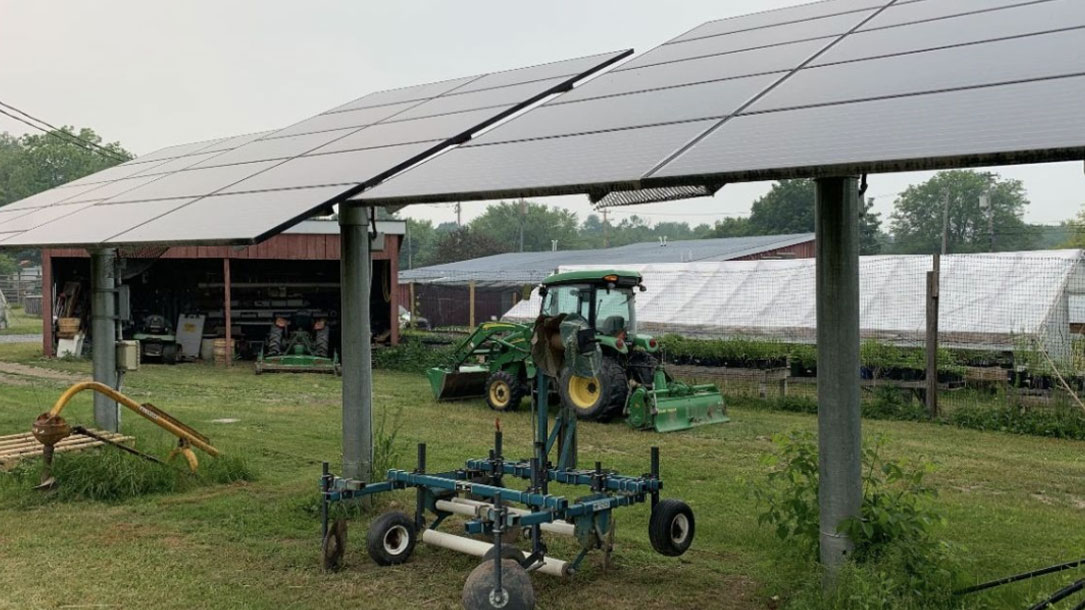
American Farmland Trust applauds introduction of bipartisan bill to advance agrivoltaics
Agrivoltaics refers to the practices of integrating solar energy generation and farming on the same piece of land, which could potentially reduce displacement of agricultural production from farmland as a result of solar development. The concept has been gaining attention in land-constrained countries like Japan and Germany as well as in states like Massachusetts and New Jersey.
“If included in the Farm Bill,” Fink said, “the Agrivoltaics Research and Demonstration Act would secure USDA’s role in advancing this innovation alongside the Department of Energy, AFT, and other partners across the country. Together, we are seeking ways to reduce displacement of farming from productive land as a result of solar energy development.”
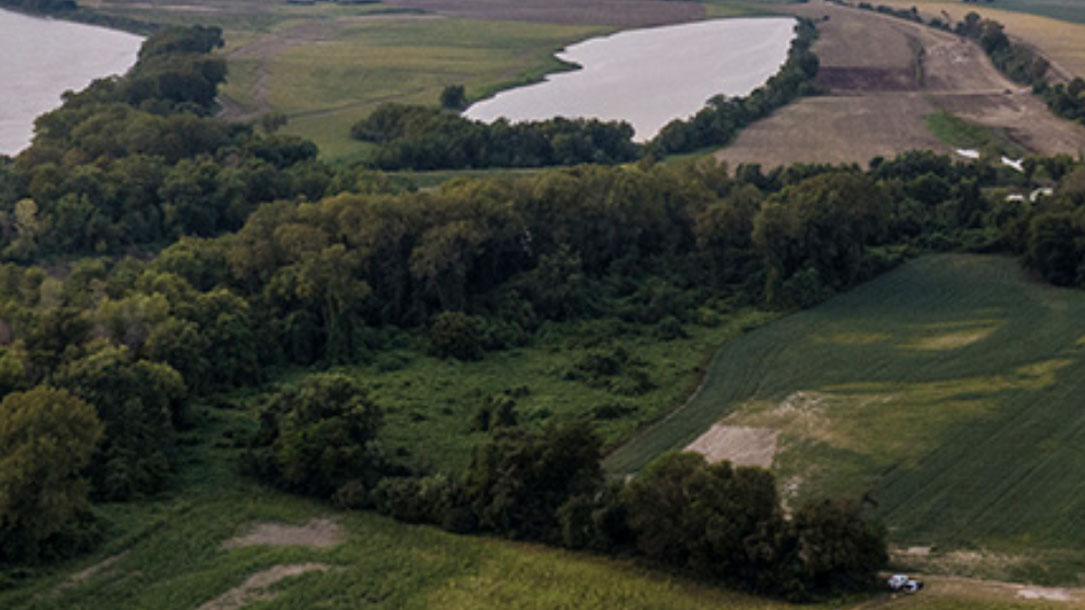
Inflation Reduction Act investments in USDA loan and conservation programs
On August 16, President Biden signed the Inflation Reduction Act (IRA) into law. It offers a historic, once-in-a-generation investment and opportunity for the agricultural communities that USDA serves. The Inflation Reduction Act will help producers stay on the farm, help prevent producers from becoming ineligible for future assistance, and promote climate-smart agriculture by increasing access to conservation assistance.












